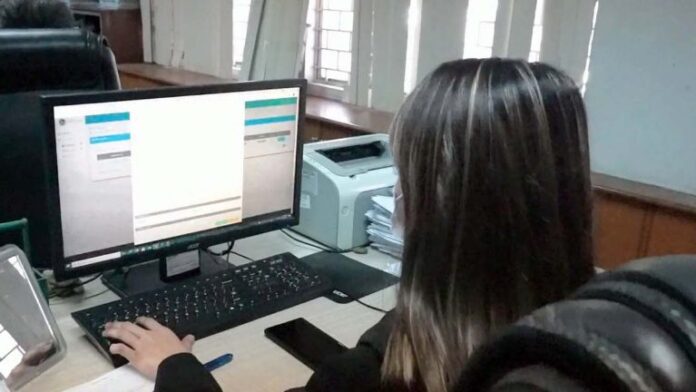-
The Bureau of Customs Import and Assessment Service is updating TradeNet’s tariff table
-
This will allow trade regulatory government agencies to get onboard the Philippines’ new national single window
-
A total of 5,746 commodities with validated ASEAN Harmonized Tariff Nomenclature codes applicable to 34 TRGAs will be uploaded to TradeNet
-
BOC’s value reference information system is also being enhanced for proper monitoring of valuation and tariff classification of imported goods
The Bureau of Customs (BOC) Import and Assessment Service (IAS) is updating the TradeNet’s tariff table to enable onboarding of trade regulatory government agencies (TRGA) to the Philippines’ new national single window (NSW).
IAS is also enhancing BOC’s value reference information system (VRIS) so the valuation and tariff classification of imported articles can be properly monitored, the customs bureau said in a statement.
READ: BOC rolls out new database for reference values
BOC said the Customs Commodity Classification Project Team will be uploading to TradeNet a total of 5,746 commodities that have validated Association of Southeast Asian Nations (ASEAN) Harmonized Tariff Nomenclature (AHTN) codes applicable to 34 TRGAs.
Currently, AHTN codes for five of the 34 TRGAs are still being encoded on the TradeNet compatible tariff table, which will be the basis for identifying the required permits, licenses, and certificates issued by each TRGA.
READ: 18 trade regulatory agencies to join TradeNet this month
TradeNet is a platform for the automated and integrated licensing, permit, clearance, and certification system for TRGAs. It aims to connect all TRGAs to make trade facilitation processes interoperable and efficient.
TradeNet also serves as the country’s NSW, the platform TRGAs need in order to connect to the ASEAN Single Window (ASW).
The ASW is a regional initiative to speed up cargo clearance and promote regional economic integration by enabling the electronic exchange of border documents among the 10 ASEAN member states.
The Enhanced Value Reference Information System (e-VRIS), meanwhile, was implemented on August 17, 2020, in all ports nationwide to serve as the new database of reference values that will operate in BOC’s Electronic-to-Mobile (E2M) system.
The e-VRIS replaced the National Value Verification System (NVVS).
The e-VRIS allows BOC to establish a reliable and comprehensive database of information on the value and classification of imports for reference purposes in support of the implementation of the World Trade Organization’s (WTO) Valuation System.
BOC said the reference values stored in the e-VRIS will serve as a risk management tool to ascertain the veracity of any statement, document, or declaration presented for customs valuation purposes. These values are, however, not to be considered substitute values but only reference values to assist assessment personnel in the valuation of goods.
The e-VRIS provides for a look-up table of identical and similar entries from where appraisers can select the values of identical or similar entries when the shipment for valuation is rejected under Method 1 (transaction value) of the WTO Valuation System. Under e-VRIS, assessment personnel are required to identify the valuation method used.
The system also now allows the automated flagging of potentially undervalued goods, or goods whose declared values fall below the minimum range.
Moreover, the system has made available to importers and declarants a list of specification codes of products during the lodgment phase.





